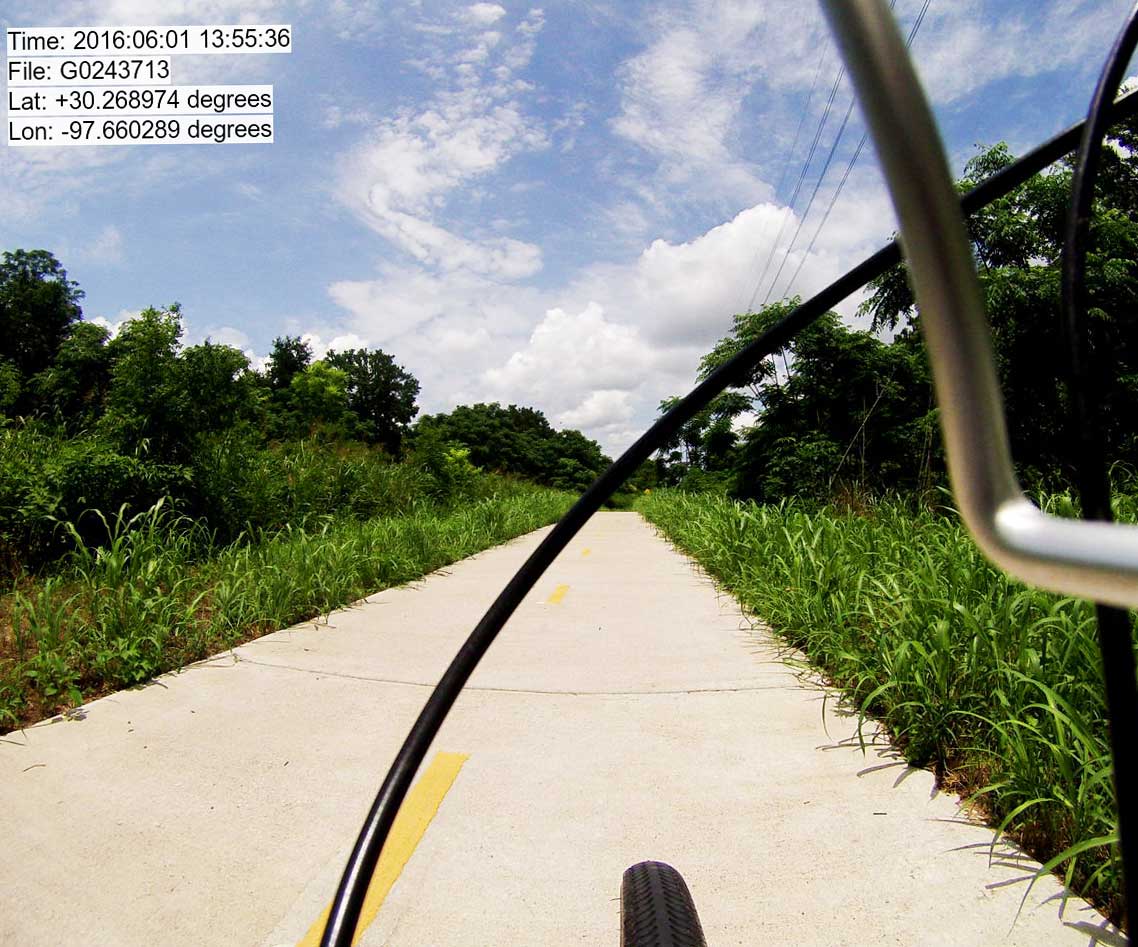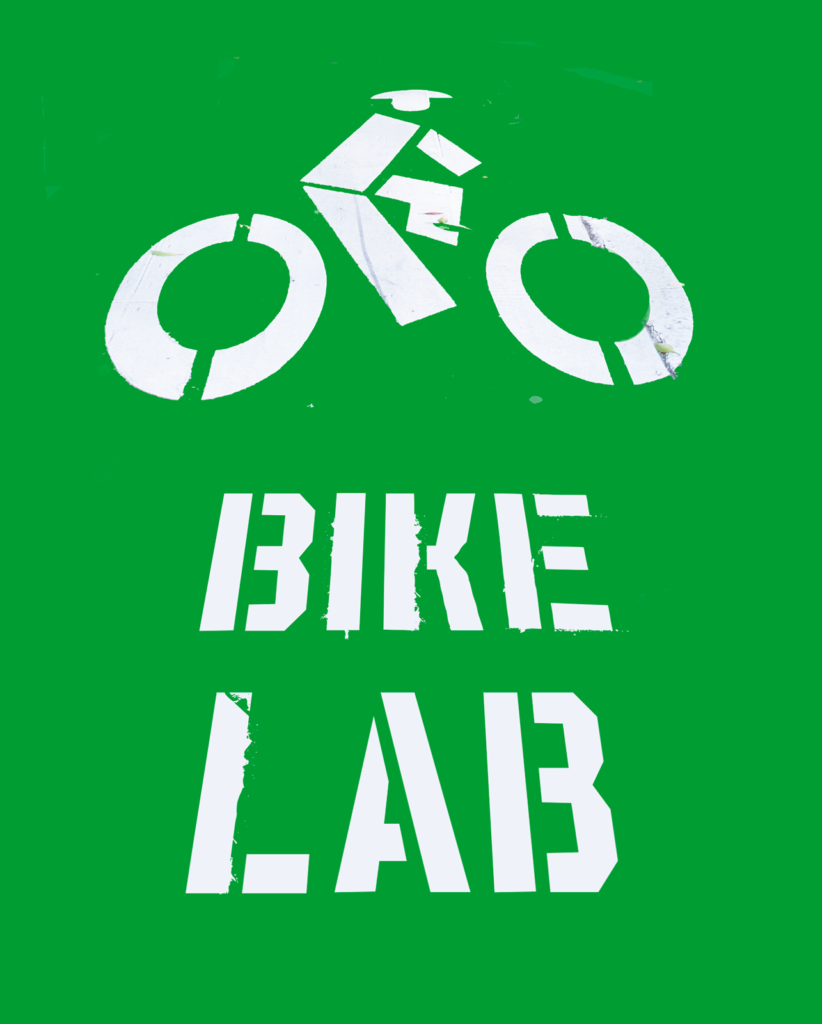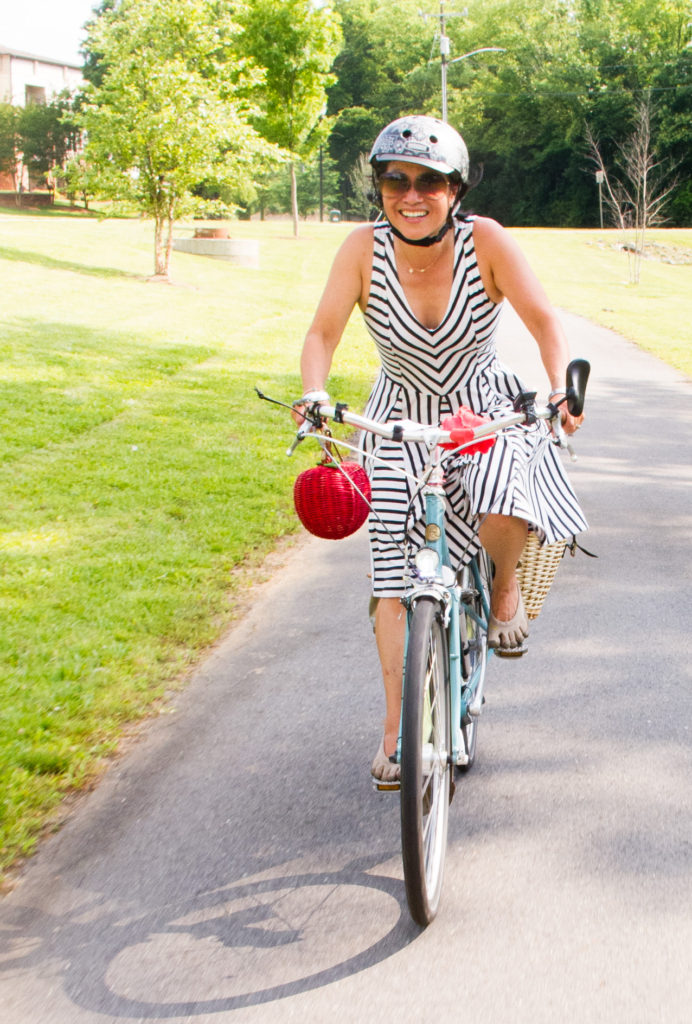“Cities have the capability of providing something for everybody, only because, and only when, they are created by everybody.”
― Jane Jacobs, The Death and Life of Great American Cities
The most interesting finding of my first field trip came as I was riding through East Austin. I was surveying facilities, just riding around and looking for things that cyclists might ride, when I came upon what look like a well-constructed bike path (the Southern Walnut Creek Trail, I would later discover). In the spirit of exploration I decided to ride it.

It was a strange experience. I was looking for an opportunity to turn to my left to get back into town, but there were none for miles and miles. I rode on this freeway-style path for over four miles, and in that time it had almost no connection to the street grid, only a single right turn about a mile in, despite the fact that I could see buildings on both sides. It seemed a little weird, and definitely not a facility that makes sense for utility cycling. Because of the lack of connections, the path would be a long detour almost no matter where your destination is.
The next day, my last in town, I happened to run into Mercedes Feris and Miller Nulte (Bike Austin’s advocacy manager) at a café in East Austin. (Cue Jane Jacobs on the importance of chance encounters). They were able to give me some of the background on this facility and the controversy around it. There is a spot not far from where I joined the trail where local (mostly Latino) kids who live on the west side of the path go to school on the east side. Because of the disconnection of the street grid (not only this path), the kids have to go half an hour out of the way, or else walk along a train trellis and through Boggy Creek. Neighborhood groups had been asking for a bridge for years, but this $7M project was built through the same area and did nothing to help the people who live there. Some of the kids made a documentary about it:
https://vimeo.com/123127559
More recently, Linda Guerrero of Austin’s Bond Oversight Commission rejected a draft bond for bicycle and sidewalk infrastructure, arguing that it was inequitable because “a lot of Mexicans aren’t going to be riding bikes.”
These are examples of the dismissal of the invisible cyclist. Stats show that about a third of all cyclists come from the poorest quartile of the population, but the image planners have of bike facility users tends to be mostly of affluent whites. So where does the invisibility of poor ethnic cyclists come from?
My thought is that these populations don’t identify as cyclists in the same way that affluent whites do, because they don’t experience the disprivilege of cycling in the same way that affluent whites do. They’re accustomed to being disprivileged, and they’re more concerned about the disprivilege they experience in policing, housing, jobs, and schools, so they don’t view bike facilities as addressing their needs. One of the cyclists I spoke with lives in East Austin and says that his Latino friends there call bike lanes “white lanes.”
I believe that good streets can benefit everyone. I also believe that bike advocacy often takes a narrow and hegemonic view of what good streets look like, and that much advocacy work loses sight of the core goals of street projects (increasing safety and reducing car trips) in favor of projects which symbolically reassert cyclist privilege. By doing so, bike advocacy misses opportunities to make cities better and more equitable places. Digging into this dynamic is what I view to be the most important part of my research.
I should note that Mercedes herself, a self-described first-generation American, is well aware of the issues of equity and exclusion, and was not involved with Bike Austin at the time of the Southern Walnut Creek project. She’s apologized to the neighborhood advocates and is working to get funding to connect the neighborhood.


